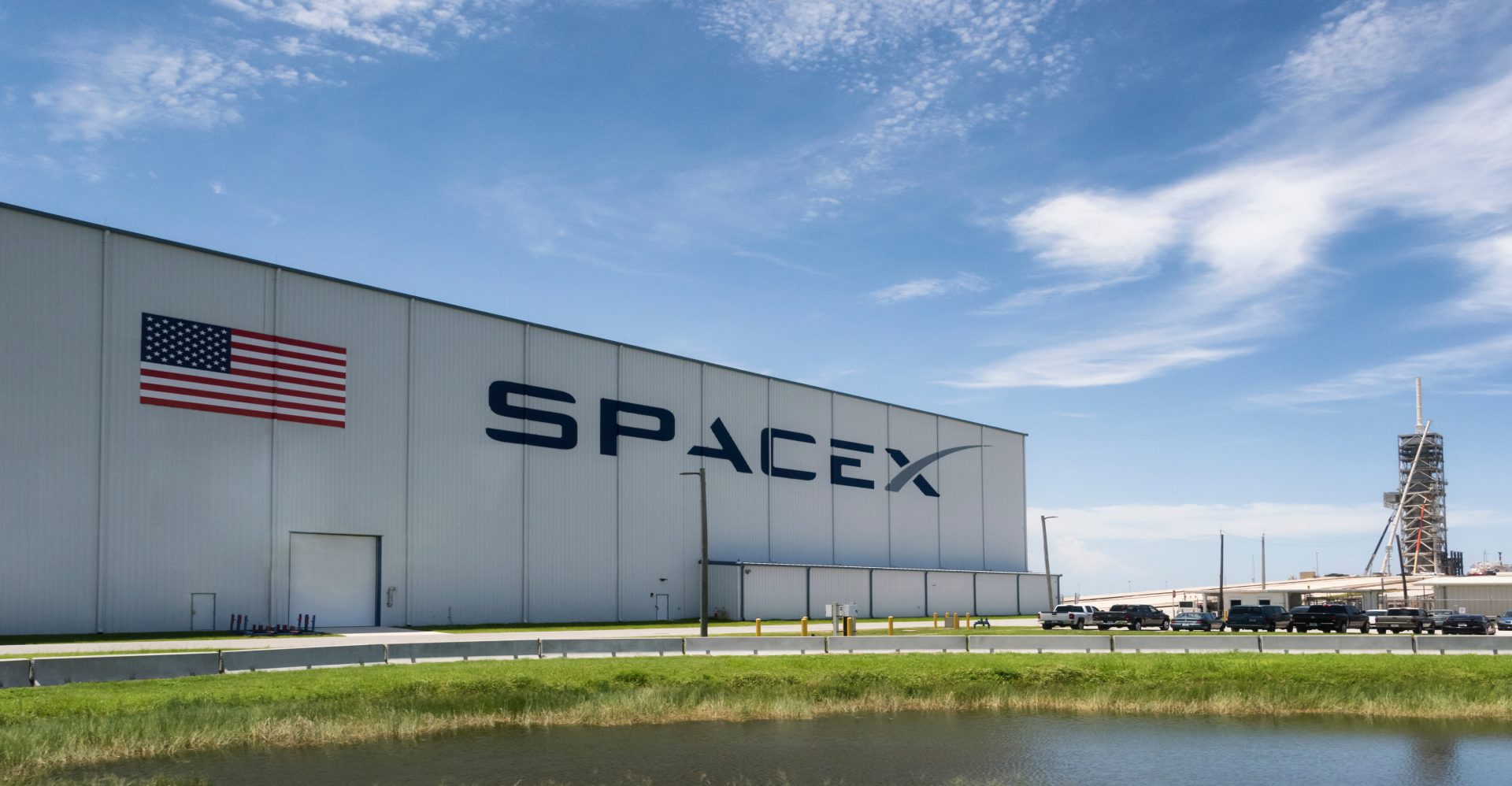
March 2020
4 Min Read
The Shifting Landscape of the Space Industry: American Dominance is Making a Comeback
Long Island has a deep history of contributing to the nations space program with Grumman leading the design, engineering and production of the Lunar Module. 10 Lunar Modules were launched into space and 6 landed on the moon. The Apollo program began in 1961 and ended in 1975. The first humans landed on the moon between 1969 and 1973. That period in history demonstrated what American ingenuity could produce in a short time frame when national interest, defense and government became fully aligned.
Fast forward to today and we are undergoing a dynamic change in how our nation accesses space. 8 dark years following the end of the Space Shuttle Program having to rely on Russian rockets to deliver US astronauts to the space station, we are once again on the cusp of sending our own astronauts into space on our own US born systems.
The NASA Commercial Crew Program led the charge with a radical change in the way our nation “does business” in space. The old paradigm of programmatic cost-plus contracts where we had little control over massive cost overruns has been flipped to a commercial acquisition structure where we now have two companies, Boeing and SpaceX, developing crew capsules on a fixed cost basis. Furthermore, we no longer own and control this equipment but now pay US companies for rides to space. This not only applies to taking our astronauts to space, but also any other government payloads. We are now a “customer” and not an “owner”.
Shifting the way the US Government does business is a herculean task. It not only requires changes in law and policy, but it requires we all row the boat together in the same direction. In this current election year environment, we obviously suffer from some meaningful political divides. That said, there is bipartisan support for driving our nations dominance in space. The question is – Can that verbal “rah-rah” cheerleading and policy support be transformed into budget appropriation and real structural change? While shifting to a fixed cost program is a good start, several other efforts are underway but true support and adoption remains to be seen.
So, where does Long Island Industry fit into all this? We have a deep and proud legacy in both space and weapons system development with a talent pool of engineers and developers pouring out of the local universities. While the major Prime defense contractors have either pulled up stakes and left Long Island or consolidated into larger out of state companies, we have a significant base of sub-contractors that offer technical excellence and incredibly reliable production capability for products engineered to the highest specification.
These companies must also shift the way they do business and no longer focus on working for Prime Contractors but market and pitch their skill sets directly to the commercial space industry. The space race is back but it is no longer just government driven. Access to space is becoming cheaper and the industry is rapidly growing. Large launch companies like United Launch Alliance, Northrop Grumman and Space X are competing on a world stage against companies from Europe, China, Russia, India and Japan. Long Island companies have a role to play but need to evolve and learn how to compete not only for government contract work but on a purely commercial level.




















































